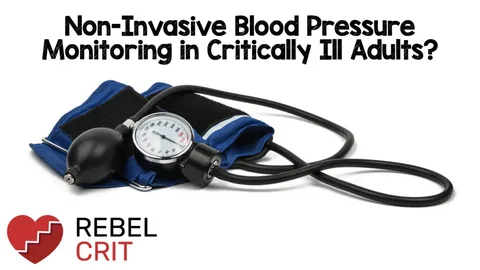In healthcare settings, monitoring a patient’s blood pressure is a fundamental part of patient care, especially in critical care units, surgery, and general diagnostics. The NIBP hoses that connect to blood pressure cuffs are a key component in ensuring accurate and reliable readings. These hoses are responsible for carrying air from the cuff to the pressure measurement system, enabling accurate monitoring of systolic and diastolic pressures.
The Role of NIBP Hoses in Blood Pressure Monitoring
Non-invasive blood pressure (NIBP) monitoring is an essential tool used in many medical environments, from routine check-ups to emergency rooms and operating theaters. The NIBP system involves a cuff that inflates around the patient’s arm, and the pressure measured by the cuff is transmitted through NIBP hoses. These hoses connect the cuff to the blood pressure monitor, which interprets the data and displays the patient’s blood pressure reading.
When NIBP hoses are working correctly, the measurement process is smooth and accurate. If the hose is faulty, however, the readings can be compromised. A damaged hose can lead to inaccurate readings, leaks, or insufficient pressure transmission, ultimately affecting patient care and clinical decision-making.
Key Features to Look for in NIBP Hoses
When choosing NIBP hoses for use in clinical settings, several factors must be considered to ensure you’re selecting the right product for your equipment:
- Compatibility: Ensure the hose is compatible with your blood pressure cuff and monitoring system. Mismatched hoses can cause improper inflation or pressure measurement.
- Durability: NIBP hoses need to withstand regular use and handling. Look for hoses made from materials that are resistant to wear, abrasion, and chemical exposure.
- Flexibility: The hose should be flexible enough for easy maneuvering but not so rigid that it obstructs proper airflow.
- Length: Depending on the monitoring setup, the length of the hose may need to be adjusted to suit the specific needs of your equipment or patient monitoring environment.
- Ease of Cleaning: NIBP hoses must be easily cleaned and disinfected, especially in settings that require stringent infection control protocols.
Common Issues with NIBP Hoses and How to Address Them
Over time, NIBP hoses can experience wear and tear, which may affect their performance. Some of the most common issues include:
- Leaks: Cracks or holes in the hose can cause air leaks, resulting in inaccurate blood pressure readings.
- Clogs: Dirt or debris can accumulate inside the hose, obstructing airflow and affecting pressure measurement.
- Kinks or Bends: Over time, the hose may become bent or kinked, limiting its flexibility and causing restricted airflow.
Regular maintenance and inspection are necessary to identify and address these issues before they affect the accuracy of the NIBP system. Replacing old or damaged hoses promptly is critical for ensuring the accuracy of patient data and preventing potential errors in patient care.
Trust The Biomed Guys for Your NIBP Hose Needs
When it comes to sourcing high-quality NIBP hoses and other essential components for your medical equipment, The Biomed Guys is your go-to resource. We offer a range of durable, compatible hoses designed for use with various NIBP monitoring systems. Whether you need replacement parts or new accessories, we provide products that meet the highest standards of reliability and performance.
For more information on NIBP hoses and other accessories, visit The Biomed Guys, where we are dedicated to supporting biomedical equipment technicians and clinical engineering departments with the best equipment and service.








